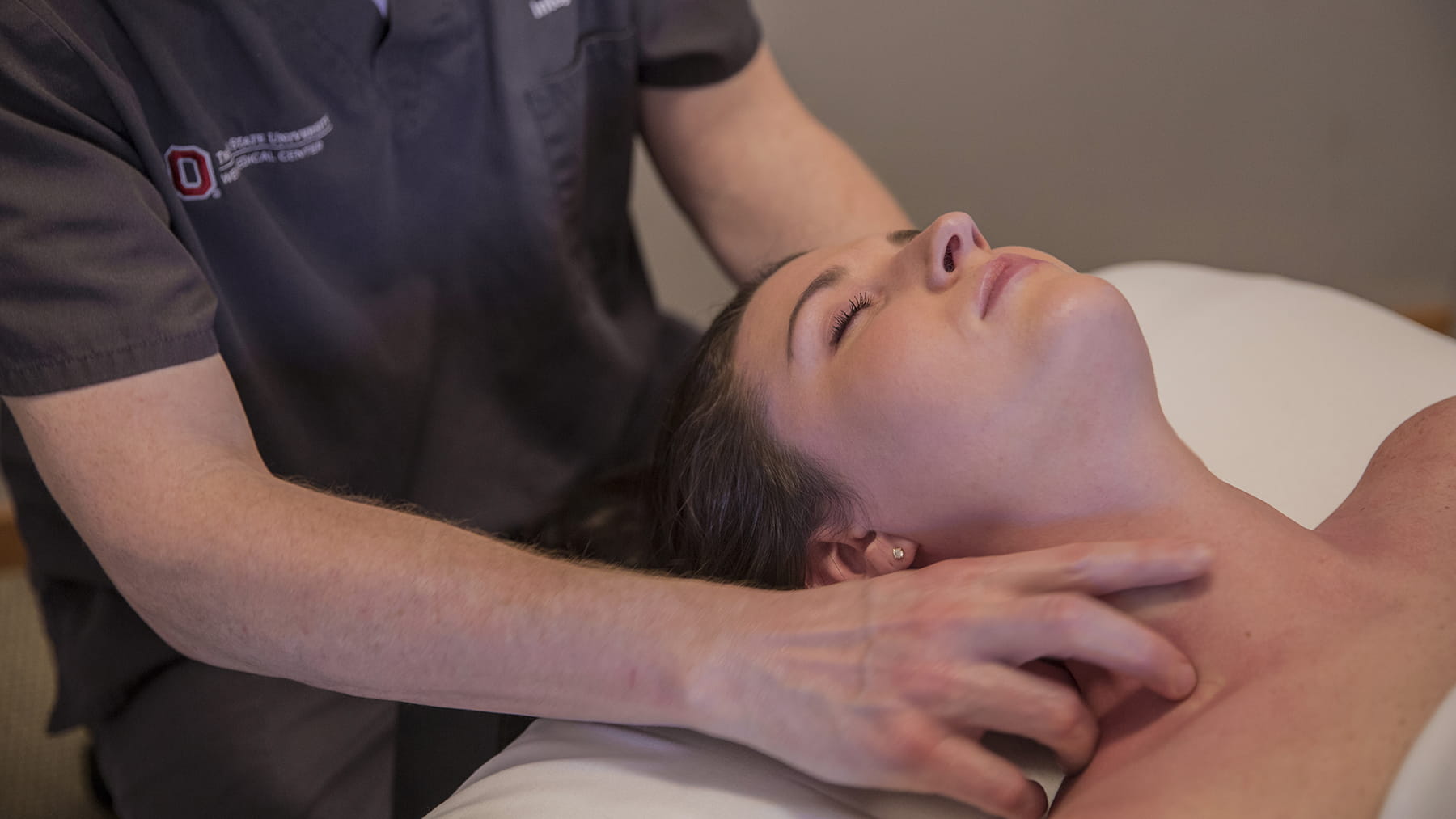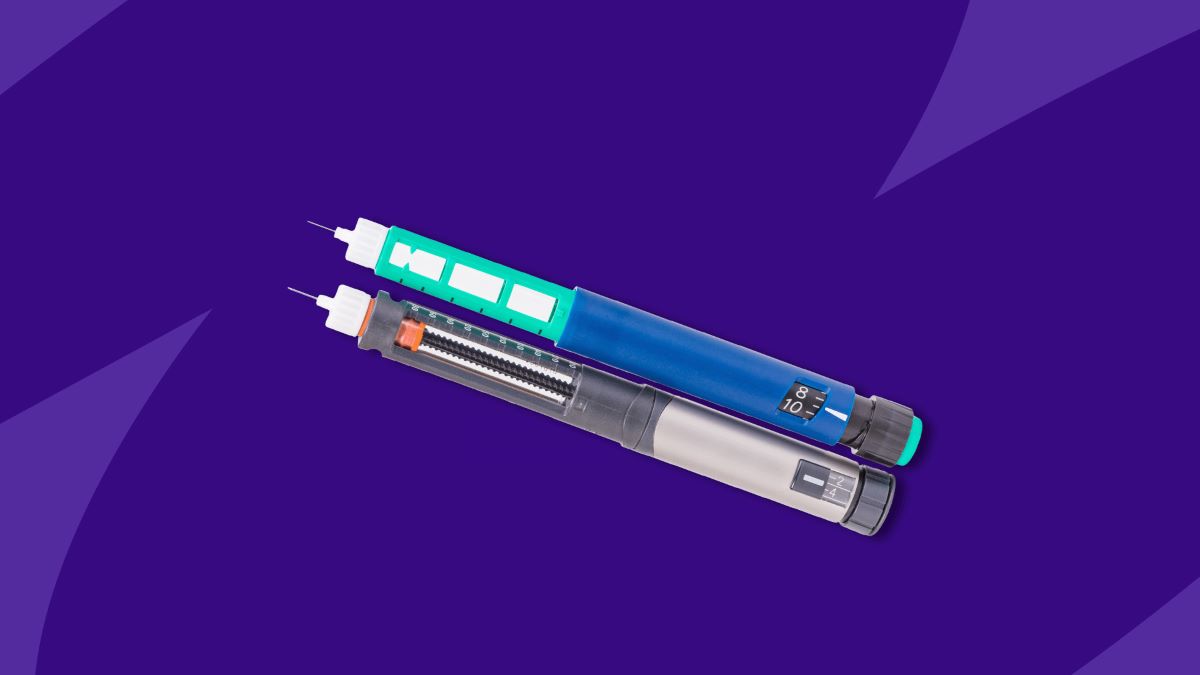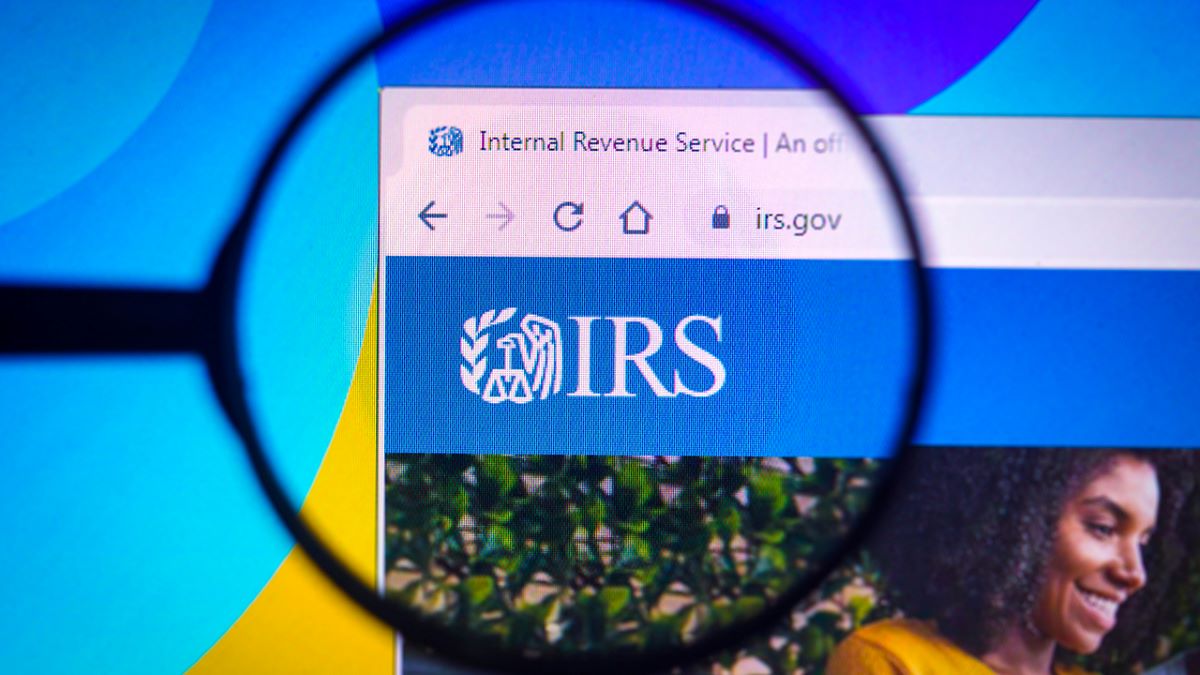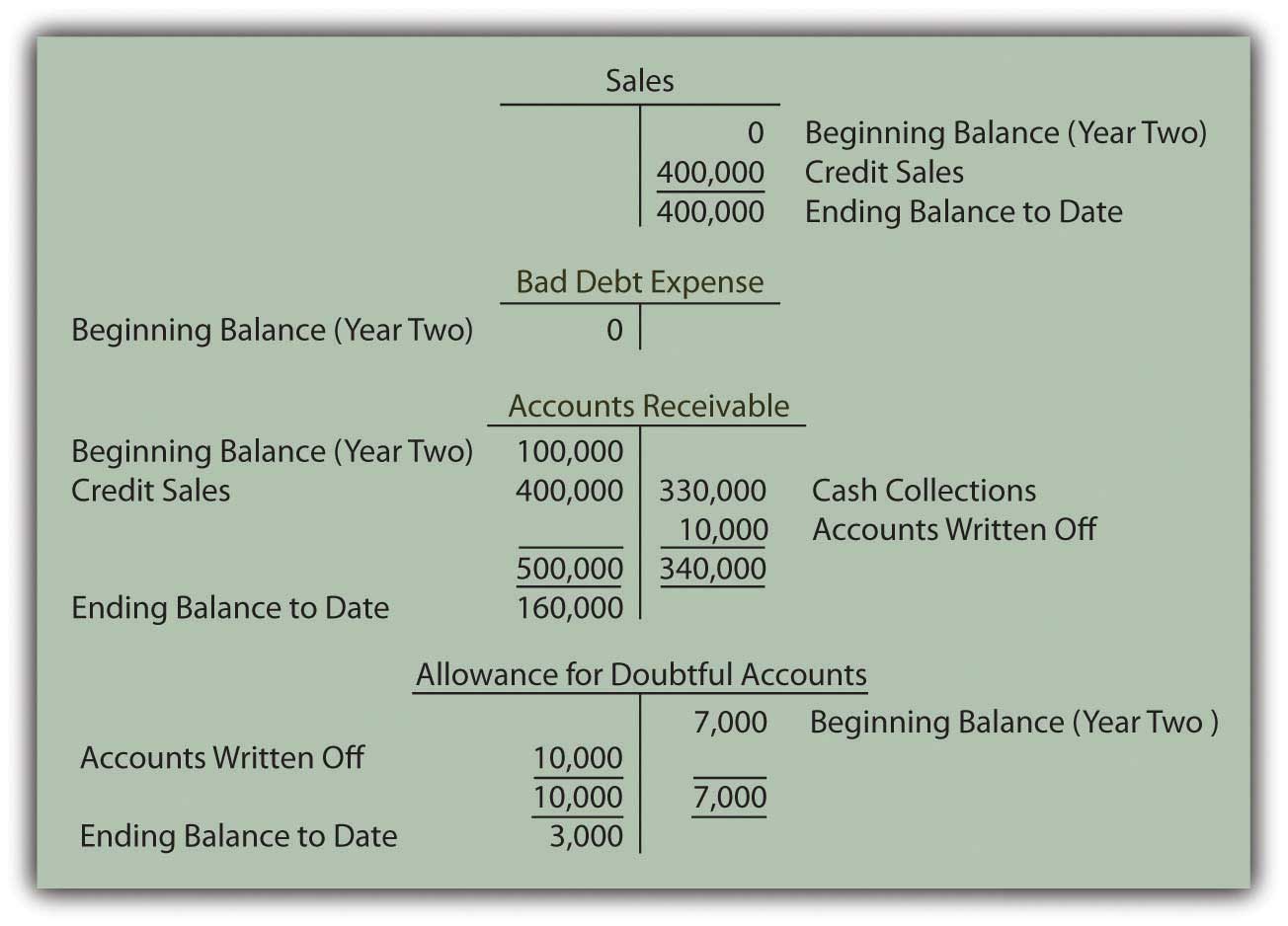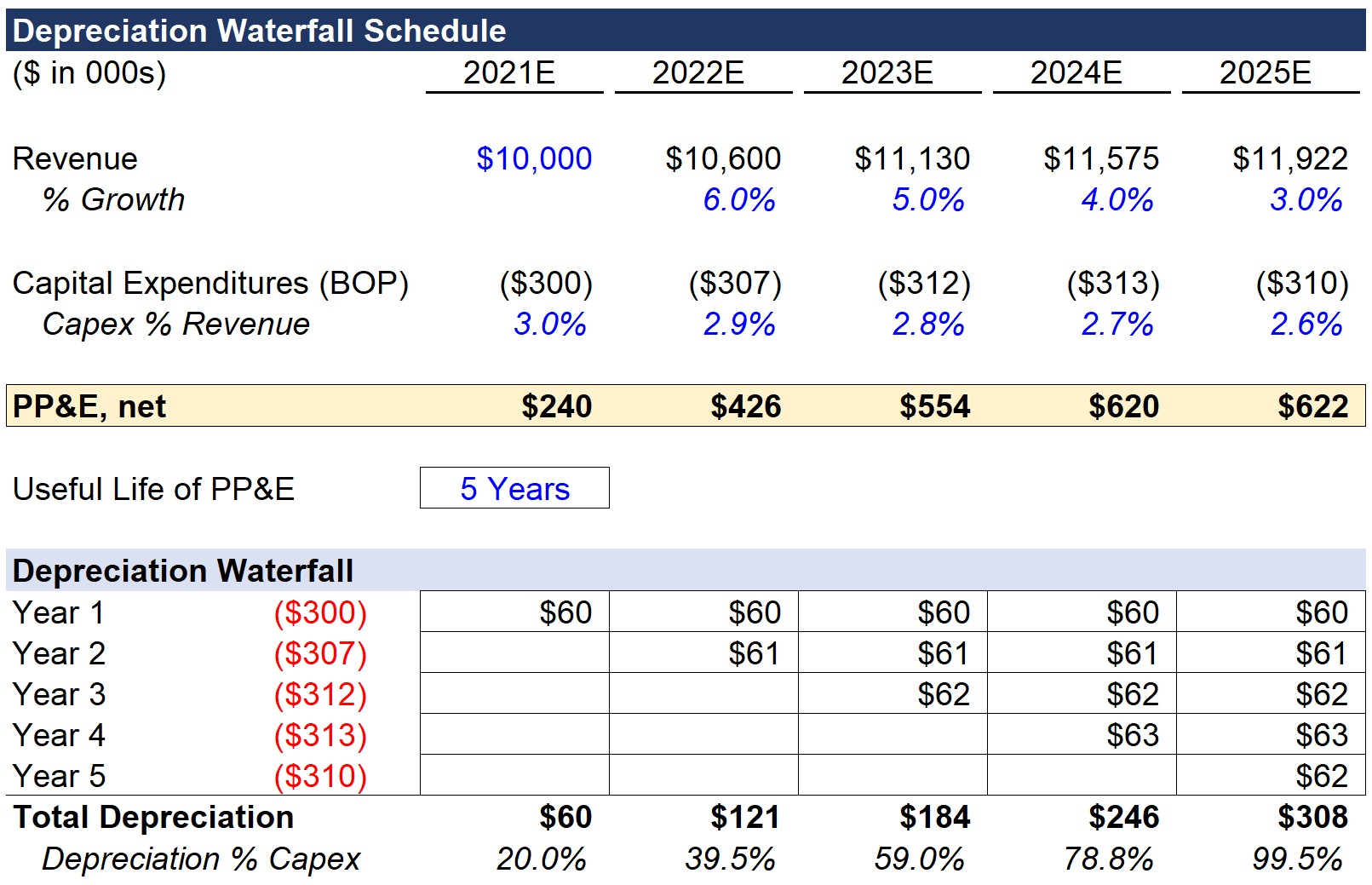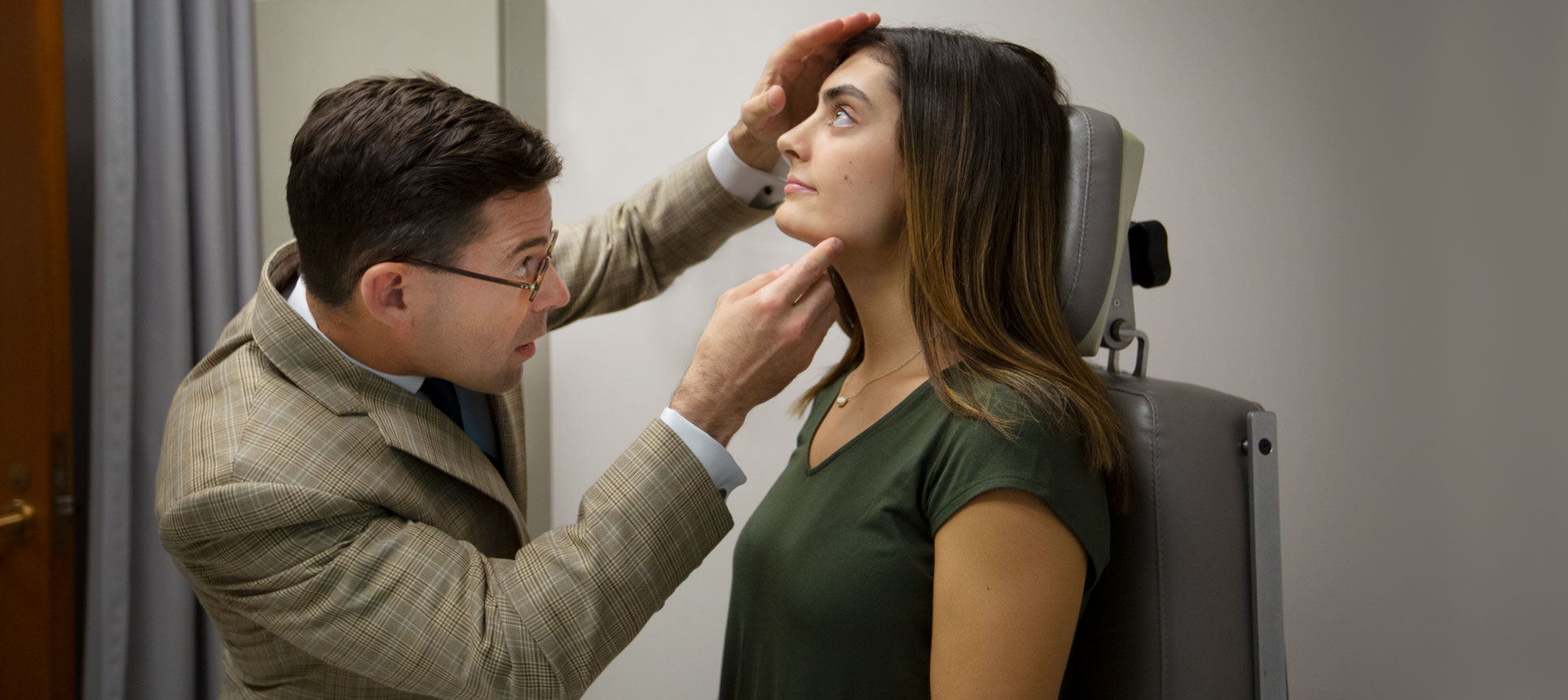

Finance
How To Get A Nose Job Covered By Insurance
Published: November 6, 2023
Discover how to finance your nose job procedure with insurance coverage. Learn the steps to get your nose job covered by insurance and save on out-of-pocket expenses.
(Many of the links in this article redirect to a specific reviewed product. Your purchase of these products through affiliate links helps to generate commission for LiveWell, at no extra cost. Learn more)
Table of Contents
Introduction
When it comes to making changes to your physical appearance, sometimes you may want or need a little help. One popular procedure that people consider is a nose job, also known as rhinoplasty. Whether it’s for cosmetic reasons or to address functional issues with the nose, the cost of a nose job can be significant. However, if you have insurance, there may be a possibility of getting your nose job covered.
In this article, we will explore the world of insurance coverage for nose jobs and provide you with guidance on how to navigate the process. From understanding the basics of nose jobs and insurance coverage to finding in-network providers and submitting insurance claims, we will cover all the essential information you need to know. We will also discuss alternative financing options for those who may not have insurance coverage.
Before we dive into the details, it’s important to note that insurance coverage for nose jobs can vary based on several factors, such as your insurance provider, the type of plan you have, and the specific circumstances surrounding your nose job. It’s crucial to familiarize yourself with your insurance policy and consult with your insurance provider to understand the coverage details and any potential out-of-pocket expenses.
Without further ado, let’s get started on the journey of exploring how to get a nose job covered by insurance.
Understanding Nose Jobs
A nose job, or rhinoplasty, is a surgical procedure that involves reshaping or reconstructing the nose. People opt for nose jobs for various reasons, including improving the appearance of the nose, correcting birth defects, repairing nasal injuries, or addressing breathing difficulties.
There are two types of nose jobs: cosmetic and functional. Cosmetic nose jobs are performed solely for aesthetic purposes, such as altering the size, shape, or symmetry of the nose to enhance facial harmony. Functional nose jobs, on the other hand, focus on improving breathing and correcting structural abnormalities that may hinder proper airflow.
During a nose job, the surgeon may make incisions to access the nasal structures and sculpt the nose according to the desired outcome. The procedure may involve reshaping the nasal bones, cartilage, or tissues, or even adding implants for augmentation. Once the necessary adjustments are made, the surgeon will close the incisions using sutures, and a splint or packing may be placed to support and protect the newly shaped nose during the healing process.
It’s important to understand that while nose jobs can enhance your appearance and address functional issues, they do come with potential risks and complications, just like any surgical procedure. It’s crucial to consult with a qualified and experienced plastic surgeon to discuss your goals, expectations, and any concerns you may have before deciding to undergo a nose job.
Insurance Coverage for Nose Jobs
Insurance coverage for nose jobs can vary depending on several factors, including your insurance provider, the type of plan you have, and the reason for the procedure. In general, insurance providers are more likely to cover functional nose jobs that are deemed medically necessary rather than cosmetic procedures.
Functional nose jobs may include cases where breathing difficulties or other functional issues with the nose hinder daily activities or quality of life. Examples of such conditions may include a deviated septum, nasal valve collapse, or chronic sinusitis.
On the other hand, insurance providers typically view cosmetic nose jobs as elective procedures and may not provide coverage for them. Cosmetic nose jobs are considered to be primarily for aesthetic purposes, such as changing the shape or size of the nose to improve appearance.
It’s important to carefully review your insurance policy to understand the specific coverage details for nose jobs. Look for terms and conditions that outline coverage for nasal surgeries, rhinoplasty, or reconstructive procedures. If you’re unsure, contact your insurance provider directly to inquire about your coverage options.
In some cases, insurance providers may cover a portion of the functional nose job that addresses both the functional issue and cosmetic concerns simultaneously. For example, if a deviated septum causes breathing difficulties and also affects the appearance of the nose, there may be a possibility of partial coverage.
Remember that even if your insurance does cover a functional nose job, you may still be responsible for deductibles, co-pays, or other out-of-pocket expenses. It’s essential to understand the financial implications and discuss any potential costs with your insurance provider to avoid unexpected bills after the procedure.
If your insurance does not cover a nose job or you’re seeking a cosmetic procedure, don’t worry. There are alternative financing options, which we will discuss later in this article, that can help make the procedure more affordable and accessible.
Determining Medical Necessity
When it comes to insurance coverage for nose jobs, determining medical necessity plays a significant role. Insurance providers typically require proof that the procedure is necessary for functional reasons rather than purely cosmetic purposes.
To establish medical necessity, you will need to consult with your primary care physician or an ear, nose, and throat specialist (ENT). They will evaluate your condition and determine if a nose job is required to address functional issues affecting your breathing or overall health. This evaluation may involve a physical examination, review of your medical history, and potentially diagnostic tests such as imaging or nasal endoscopy.
Common functional issues that may be considered medically necessary include:
- Deviated septum: A condition where the nasal septum, the wall that separates the nostrils, is significantly off-center, causing obstruction and breathing difficulties.
- Nasal valve collapse: Weakening or collapse of the nasal valve, which can lead to nasal obstruction and impaired airflow.
- Chronic sinusitis: Recurrent inflammation and infection of the sinuses, leading to constant nasal congestion and discomfort.
It’s important to note that insurance providers may require documentation of failed conservative treatments for these conditions before considering coverage for a nose job. This may include attempts to manage symptoms through medications, nasal sprays, or other non-surgical interventions.
If your functional issues with the nose are affecting your quality of life or causing significant health problems, your physician can provide supporting documentation to demonstrate the medical necessity of a nose job to your insurance provider.
Keep in mind that the criteria for determining medical necessity can vary among insurance providers. It’s crucial to work closely with your healthcare provider and insurance company to understand the specific requirements and complete any necessary paperwork or documentation accurately.
Finding an In-Network Provider
Once you have determined the medical necessity of a nose job and confirmed that your insurance covers the procedure, the next step is to find an in-network provider. Working with an in-network provider is crucial to maximize your insurance benefits and minimize out-of-pocket expenses.
Here are some steps to help you find an in-network provider:
- Review your insurance provider’s network directory: Most insurance companies have online directories or tools that allow you to search for in-network providers. Use this resource to find surgeons who specialize in rhinoplasty or nasal surgeries. You can often filter your search based on location, specialty, or specific criteria.
- Get referrals and recommendations: Ask your primary care physician, ENT, or trusted friends and family if they can recommend any surgeons who are in-network for your insurance. They may have personal experiences or networks that can provide valuable insights.
- Contact the surgeons’ offices: Once you have a list of potential in-network providers, contact their offices to confirm their network status and availability. Ask about their experience, credentials, and specific expertise in nose jobs to ensure they are qualified to perform the procedure.
- Schedule consultations: It’s essential to meet with the surgeons you are considering to discuss your goals, concerns, and expectations. During the consultation, inquire about their experience with insurance coverage for nose jobs and their success rate in obtaining approval from insurance providers.
Remember to clarify with the surgeons’ offices what documents or information they may need from you to initiate the insurance claims process. They may require medical records, previous treatment records, or images from diagnostic tests to establish medical necessity. It’s important to provide these documents promptly and accurately to avoid any delays in the insurance approval process.
Take your time to evaluate different surgeons and choose the one who you feel most comfortable with and confident in their abilities. Remember, finding an in-network provider can save you a significant amount of money, so it’s worthwhile to do some research and due diligence in this step.
Preparing for the Insurance Claims Process
Before undergoing a nose job and filing an insurance claim, it’s important to be prepared and aware of the insurance claims process. By understanding the requirements and steps involved, you can increase the likelihood of a smooth and successful claims process.
Here are some important steps to help you prepare for the insurance claims process:
- Review your insurance policy: Familiarize yourself with your insurance policy to understand the coverage details, limitations, and any exclusions related to rhinoplasty or nasal surgeries. Note any specific documentation requirements or pre-authorization steps that may be necessary.
- Confirm medical necessity documentation: Ensure that you have obtained all the necessary medical documentation from your primary care physician or ENT, including the diagnosis, medical history, and any tests or imaging results that support the medical necessity of the nose job.
- Understand coverage and potential costs: Talk to your insurance provider or review your policy to understand the coverage for the nose job procedure. Determine if you have a deductible, co-payment, or co-insurance responsibility, and budget accordingly.
- Obtain pre-authorization if required: Some insurance providers may require pre-authorization or prior approval for the nose job procedure. Contact your insurance provider to verify if this step is necessary and follow the procedure outlined for obtaining pre-authorization.
- Follow the surgeon’s instructions: Your surgeon may have specific instructions or requirements for the insurance claims process. Make sure to follow their guidance and provide any necessary information or documentation they require to initiate the claims process.
- Keep detailed records: Document all conversations, emails, and paperwork related to the insurance claims process. This includes keeping copies of medical records, pre-authorization forms, claim submission documents, and any correspondences with the insurance provider.
It’s important to note that the insurance claims process can sometimes be complex and time-consuming. Be patient and persistent in your efforts, and don’t hesitate to reach out to your insurance provider or surgeon’s office if you have any questions or concerns along the way.
By being well-prepared and organized, you can navigate the insurance claims process more effectively and increase the chances of obtaining coverage for your nose job procedure.
Submitting the Insurance Claim
Once you have undergone your nose job procedure and obtained all the necessary documentation, it’s time to submit the insurance claim to seek reimbursement for the covered expenses. Submitting the claim correctly and providing the required information is crucial to ensure a smooth claims process.
Here are the steps to follow when submitting your insurance claim:
- Collect all relevant documents: Gather all the necessary documentation, including itemized bills from the surgeon and any other healthcare providers involved in your nose job procedure. Make sure the bills clearly specify the services rendered, the dates of service, and the associated costs.
- Complete the claim form: Obtain the claim form from your insurance provider, either online or by contacting them directly. Fill out the form accurately and completely, providing all the required information, including your personal details, policy number, and the details of the nose job procedure.
- Include supporting documentation: Attach all the supporting documentation to the claim form, including medical records, diagnostic tests, pre-authorization forms, and any other documents required by your insurance provider. Ensure that you make copies of all documents for your records.
- Submit the claim: Send the completed claim form and accompanying documents to your insurance provider. You can typically submit the claim online through a secure portal, by mail, or by fax, depending on the preference of your insurance provider. Retain proof of submission, such as mail receipts or confirmation emails.
- Follow up with the insurance provider: After submitting the claim, it’s essential to stay proactive and follow up with your insurance provider. Keep track of the claim’s progress, any requests for additional information, and any correspondence from the insurance company. This will help ensure that your claim is processed in a timely manner.
Remember to keep copies of all documents and communications related to the insurance claim for your records. Keep track of any claim numbers or reference numbers provided by the insurance provider to facilitate communication and reference during any follow-up inquiries.
Be aware that the processing time for insurance claims can vary. It may take several weeks or even months to receive a response. If you haven’t received any communication or reimbursement within a reasonable timeframe, don’t hesitate to contact your insurance provider to inquire about the status of your claim.
By following these steps and maintaining clear communication with your insurance provider, you can increase the chances of a successful insurance claim and reimbursement for your nose job expenses.
Appealing a Denied Claim
While it is disheartening to receive a denied insurance claim for your nose job, it’s essential to remember that many claims initially get denied. However, you have the right to appeal the decision and provide additional information or evidence to support your case. Here are the steps to follow when appealing a denied claim:
- Review the denial letter: Carefully read the denial letter from your insurance provider. The letter will outline the reason for denial, such as lack of medical necessity documentation or non-covered procedure. Understanding the specific reason for denial is crucial for crafting your appeal.
- Gather additional documentation: If the denial is due to inadequate documentation or missing information, gather any additional medical records, test results, or expert opinions that support the medical necessity of the nose job procedure. Ensure that the documentation clearly addresses the reason for denial mentioned in the denial letter.
- Write a detailed appeal letter: Prepare a well-structured and detailed appeal letter explaining why the nose job is medically necessary and should be covered by your insurance. Include supporting evidence, such as medical records, expert opinions, or any relevant research studies that validate the procedure’s importance in addressing your specific condition.
- Submit the appeal: Send the appeal letter along with the supporting documentation to your insurance provider. Follow the instructions provided in the denial letter for submitting appeals. Make sure to keep copies of all documents and proof of submission.
- Follow up with the insurance provider: After submitting the appeal, make sure to follow up with your insurance provider to confirm receipt of the appeal and inquire about the status of the review process. Stay proactive in seeking updates and provide any additional information requested promptly.
- Consider seeking help: If you are facing challenges with the appeal process or feel overwhelmed, consider seeking assistance from a healthcare advocate or legal professional who specializes in insurance appeals. They can provide guidance, understand the intricacies of the process, and increase your chances of a successful appeal.
Remember to maintain open and clear communication with your insurance provider throughout the appeal process. Keep records of all communications, including dates, times, and the names of the individuals you speak with.
Be aware that appealing a denied claim requires patience, persistence, and timely action. The appeal process can take time, so it’s crucial to follow up regularly and stay informed about the progress of your appeal.
Ultimately, with a well-prepared appeal and strong supporting evidence, you have a chance to reverse the denial and obtain insurance coverage for your nose job.
Alternative Financing Options
If your insurance does not cover your nose job or you are seeking a cosmetic procedure, there are alternative financing options available to help make the procedure more affordable and accessible. Here are some options to consider:
- Medical Financing: Many healthcare financing companies offer specific loans designed for elective procedures like nose jobs. These loans often have favorable interest rates and flexible repayment terms. Research different medical financing options and compare their terms and conditions to find the one that best suits your needs.
- Healthcare Credit Cards: Some credit card companies offer specialized healthcare credit cards that can be used to pay for medical procedures, including nose jobs. These cards often come with promotional financing options, such as zero percent interest for a certain period. However, make sure to read the terms and conditions carefully, including the interest rates and repayment terms after the promotional period ends.
- Saving and Budgeting: If you have enough time to plan and save for your nose job, creating a dedicated savings account and budgeting for the procedure can be an effective option. Set aside a portion of your income each month until you reach your savings goal. Adjust your budget to prioritize saving for the procedure by cutting back on non-essential expenses.
- Crowdfunding or Fundraising: Platforms like GoFundMe and Kickstarter can be utilized to raise funds for your nose job. Share your story, explain your reasons for the procedure, and reach out to friends, family, and even strangers who may be willing to contribute. Be transparent and grateful for any support received.
- Paying in Installments: Discuss payment options with your chosen surgeon or clinic. Some providers may offer the option to pay for the procedure in installments, spreading the cost over several months. Make sure to clarify the terms, including any interest or additional fees involved.
- Health Savings Account (HSA) or Flexible Spending Account (FSA): If you have an HSA or FSA, contributed to through your employer or individually, you can use those funds to pay for eligible medical expenses, including a nose job. Check with your account provider to understand the rules and guidelines for using your HSA or FSA funds for cosmetic procedures.
While considering alternative financing options, it’s important to be mindful of your financial situation and choose an option that aligns with your budget and long-term financial goals. Assess the interest rates, repayment terms, and any associated fees before making a decision.
Remember, it’s always a good idea to consult with a financial advisor or healthcare financing specialist who can guide you in selecting the best financing option for your specific circumstances.
Conclusion
Getting a nose job covered by insurance may seem challenging, but it’s not impossible. By understanding the complexities of insurance coverage and following the necessary steps, you can increase your chances of getting the procedure covered or finding alternative financing options. Remember these key points:
First, determine the medical necessity of the procedure by consulting with your primary care physician or ENT. This documentation is vital for insurance coverage.
Next, familiarize yourself with your insurance policy and the coverage details for nose jobs. Determine if your insurance provider covers functional nose jobs or has specific criteria for coverage.
Research and find an in-network provider to maximize your insurance benefits and minimize out-of-pocket expenses.
Prepare for the insurance claims process by gathering all relevant documents and understanding the steps involved. Submit the claim accurately and promptly.
If your claim gets denied, don’t lose hope. You can appeal the decision by providing additional evidence and explaining the medical necessity of the procedure.
Finally, if insurance coverage is not an option, explore alternative financing options such as medical financing, healthcare credit cards, savings, crowdfunding, or paying in installments.
Remember, the decision to undergo a nose job is a personal one, and the financial aspect should be carefully considered. It’s crucial to choose a qualified and experienced surgeon who understands your goals and can guide you through the process.
Whether you are seeking a nose job for functional reasons or cosmetic purposes, understanding insurance coverage and alternative financing options can help make the procedure more accessible and manageable. Take the time to research, gather information, and consult with professionals to make an informed decision that suits your needs and budget.
With the right approach and perseverance, you can take steps toward achieving your desired nose shape and, potentially, have it covered by insurance or through alternative financing methods.


